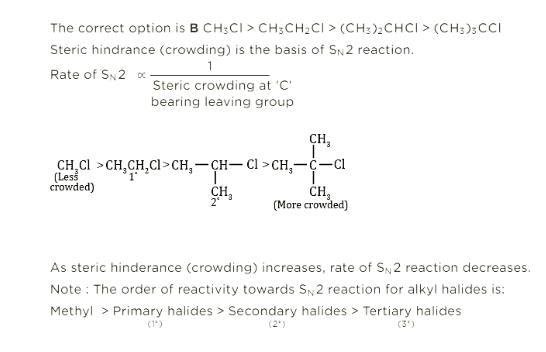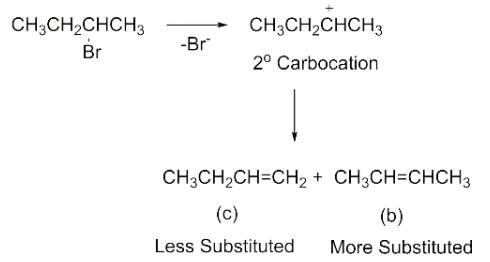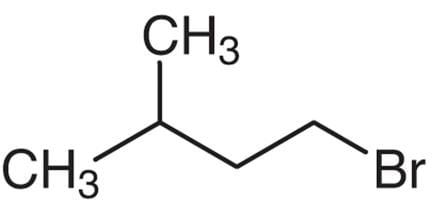NEET Exam > NEET Tests > Test: Characteristics of Halo Compounds - NEET MCQ
Test: Characteristics of Halo Compounds - NEET MCQ
Test Description
10 Questions MCQ Test - Test: Characteristics of Halo Compounds
Test: Characteristics of Halo Compounds for NEET 2025 is part of NEET preparation. The Test: Characteristics of Halo Compounds questions and answers have been prepared
according to the NEET exam syllabus.The Test: Characteristics of Halo Compounds MCQs are made for NEET 2025 Exam.
Find important definitions, questions, notes, meanings, examples, exercises, MCQs and online tests for Test: Characteristics of Halo Compounds below.
Solutions of Test: Characteristics of Halo Compounds questions in English are available as part of our course for NEET & Test: Characteristics of Halo Compounds solutions in
Hindi for NEET course.
Download more important topics, notes, lectures and mock test series for NEET Exam by signing up for free. Attempt Test: Characteristics of Halo Compounds | 10 questions in 15 minutes | Mock test for NEET preparation | Free important questions MCQ to study for NEET Exam | Download free PDF with solutions
Test: Characteristics of Halo Compounds - Question 1
Which one of the following is likely to give a precipitate with AgNO3 solution?
Detailed Solution for Test: Characteristics of Halo Compounds - Question 1
Test: Characteristics of Halo Compounds - Question 2
A solution of (–)-1-chloro-1-phenylethane in toluene racemises slowly in the presence of a small amount of SbCl5, due to the formation of
Detailed Solution for Test: Characteristics of Halo Compounds - Question 2
Test: Characteristics of Halo Compounds - Question 3
In SN2 reactions, the correct order of reactivity for the following compounds: CH3Cl, CH3CH2Cl, (CH3)2CHCl and (CH3)3CCl is
Detailed Solution for Test: Characteristics of Halo Compounds - Question 3
Test: Characteristics of Halo Compounds - Question 4
Elimination of bromine from 2-bromobutane results in the formation of
Detailed Solution for Test: Characteristics of Halo Compounds - Question 4
Test: Characteristics of Halo Compounds - Question 5
Which of the following is a tertiary halogenoalkanes?
Detailed Solution for Test: Characteristics of Halo Compounds - Question 5
Test: Characteristics of Halo Compounds - Question 6
Which of the following is not true about optical isomers?
Detailed Solution for Test: Characteristics of Halo Compounds - Question 6
Test: Characteristics of Halo Compounds - Question 7
Which of the following is not an aryl halide?
Detailed Solution for Test: Characteristics of Halo Compounds - Question 7
Test: Characteristics of Halo Compounds - Question 8
Pick up the correct statement about alkyl halides.
Detailed Solution for Test: Characteristics of Halo Compounds - Question 8
Test: Characteristics of Halo Compounds - Question 9
Which one of the following is 1-bromo-3-methyl butane?
Detailed Solution for Test: Characteristics of Halo Compounds - Question 9
Detailed Solution for Test: Characteristics of Halo Compounds - Question 10
Information about Test: Characteristics of Halo Compounds Page
In this test you can find the Exam questions for Test: Characteristics of Halo Compounds solved & explained in the simplest way possible.
Besides giving Questions and answers for Test: Characteristics of Halo Compounds, EduRev gives you an ample number of Online tests for practice
Download as PDF























